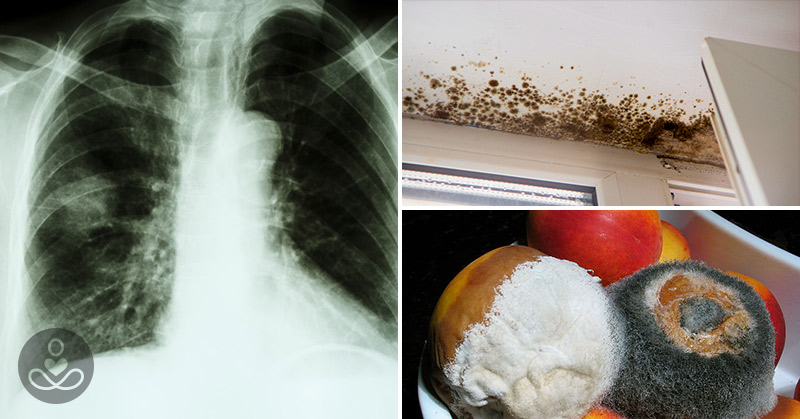Your home should be a refuge for you and your family. A place of solitude, comfort, rest, and of course, health. Unfortunately, mold problems can make your home quite the opposite of all of that. Mold is a common problem that many homeowners face, and it can be extremely harmful to your health. Mold is a type of fungus that thrives in moist and humid environments. It spreads through tiny spores that can be invisible to the naked eye. While mold can be found both indoors and outdoors, it is particularly concerning when it begins to grow inside your home. Many people have mold growing in their homes and don’t even know it is there and is affecting their health. These are 15 warning signs that you’ve got a mold problem and what to do about it.
Health Problems Associated with Mold
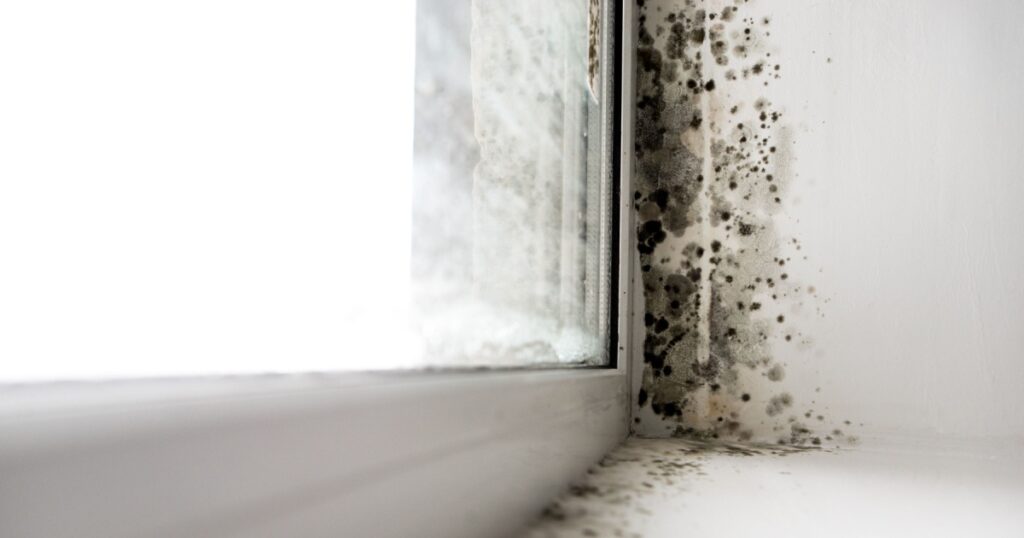
There are several different types of mold that can be found in homes, including Aspergillus, Penicillium, Cladosporium, and Stachybotrys chartarum (commonly known as black mold). Each type of mold has its own characteristics and potential health risks. Exposure to mold can lead to a wide range of health problems, especially for individuals with allergies, respiratory conditions, or weakened immune systems.
Read More: Don’t Underestimate Mold Exposure
Some common health issues caused by mold include (1, 2):

- Allergic Reactions: Many people develop allergic reactions to mold, experiencing symptoms such as sneezing, coughing, itchy eyes, and a runny nose. (3)
- Asthma Attacks: For individuals with asthma, mold can trigger severe asthma attacks, leading to wheezing, chest tightness, and difficulty breathing. (4)
- Respiratory Infections: Prolonged exposure to mold can cause respiratory infections, such as bronchitis or pneumonia, particularly in individuals with compromised immune systems.
- Skin Irritation: Mold spores in the air can come into contact with your skin and cause irritation, rashes, or hives.
- Sinus Infections: Mold can also lead to sinus infections, manifesting as congestion, facial pain, and headaches.
Warning Signs of Mold and How to Identify Them
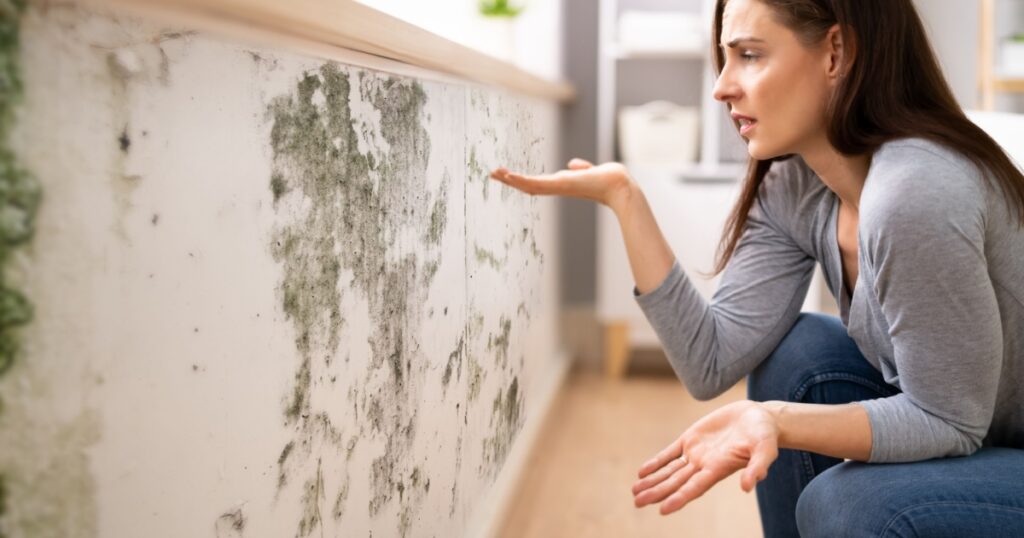
As already mentioned, mold isn’t always immediately obvious. Identifying the warning signs of mold growth in your home is crucial to addressing the issue promptly. Here are 15 warning signs to watch out for:
1. Visible Mold
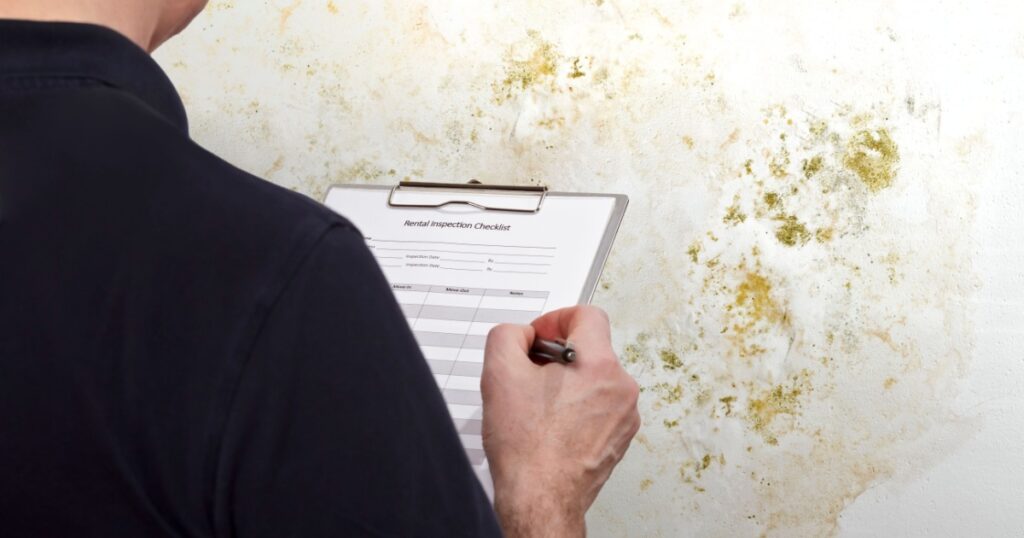
Some mold is actually visible to the human eye. The most obvious sign of mold is visibly seeing the growth on walls, ceilings, or other surfaces. It can appear as black, green, or white patches. It is especially common in places where there is more moisture, such as bathrooms or washing areas.
2. Musty Odor
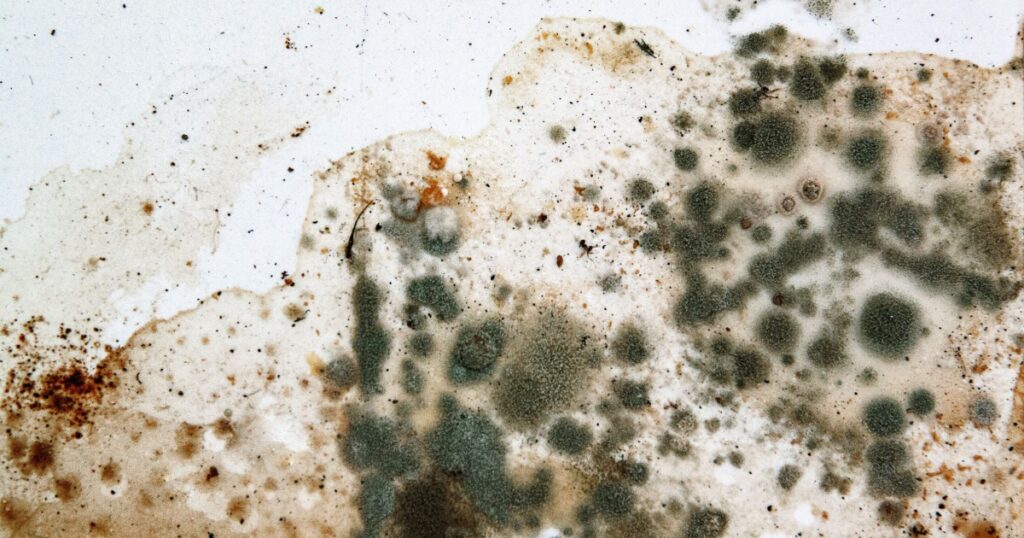
Is your home not exactly smelling fresh? A strong musty smell, similar to damp earth or rotting wood, can indicate the presence of mold even if it is not visible.
3. Water Damage
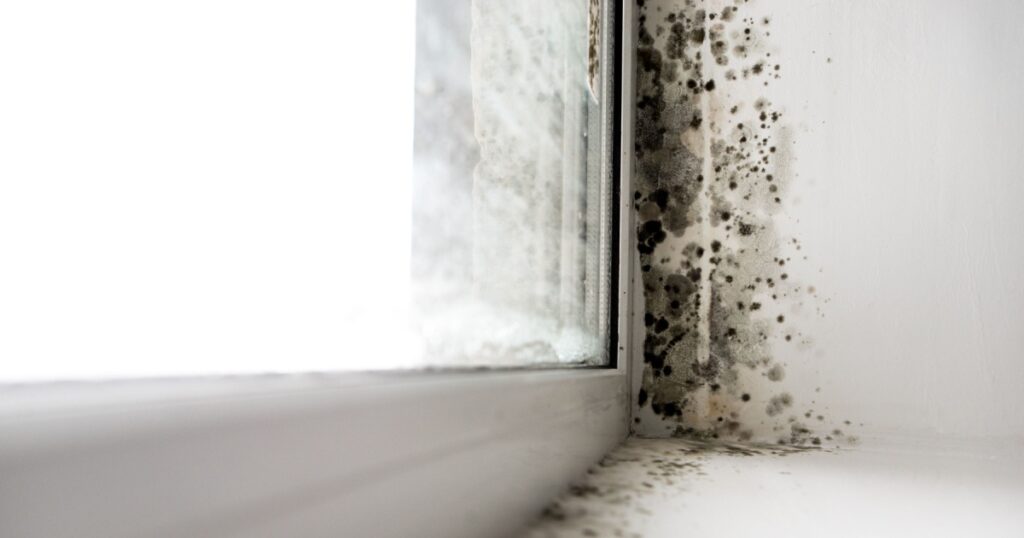
Mold thrives in damp, moist environments. Any past or current water damage, such as leaks, floods, or plumbing issues, could contribute to mold growth. You must properly manage these situations otherwise mold growth is almost inevitable.
Read More: How to Know if Mold is Making You Sick
4. Discolored Walls or Ceilings
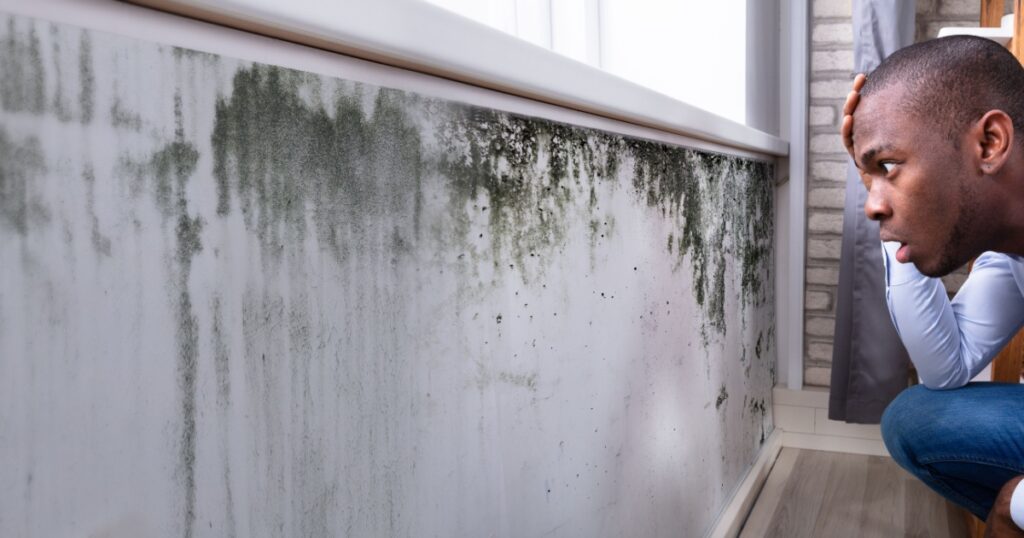
If you notice stains or discoloration on your walls or ceilings, it may be a sign that mold is growing underneath the surface. Again, this is most likely caused by moisture or leaks that have provided the right environment for the mold to grow.
5. Peeling Wallpaper or Paint
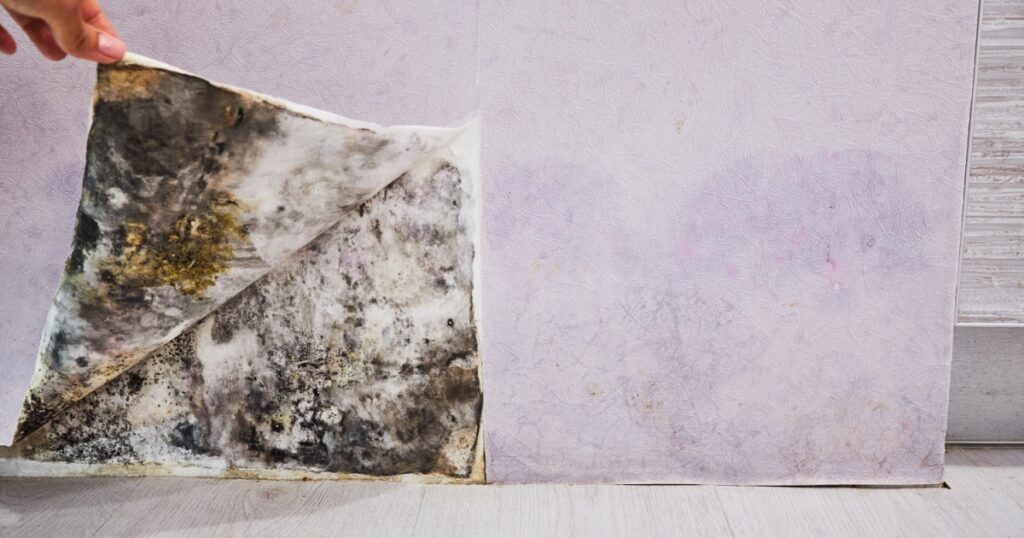
Mold can cause wallpaper or paint to bubble, crack, or peel due to its moisture-absorbing properties. Don’t just re-do the walls – get to the root of the problem. If it’s mold, you’ll be glad that you did.
6. Condensation
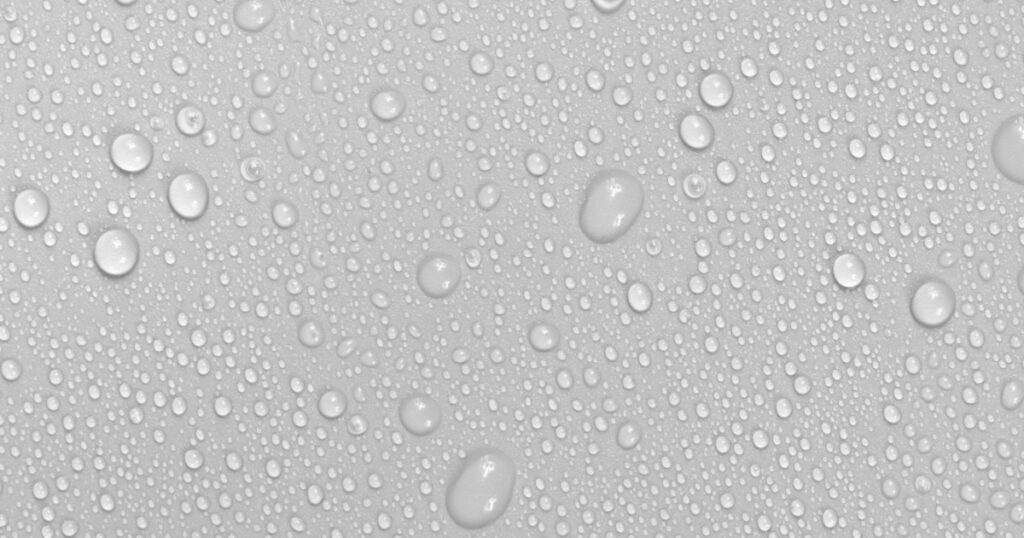
Excessive condensation on windows or other surfaces can create a damp environment suitable for mold growth. Anywhere where condensation is present, mold is likely to be, as well.
7. Visible Water Staining
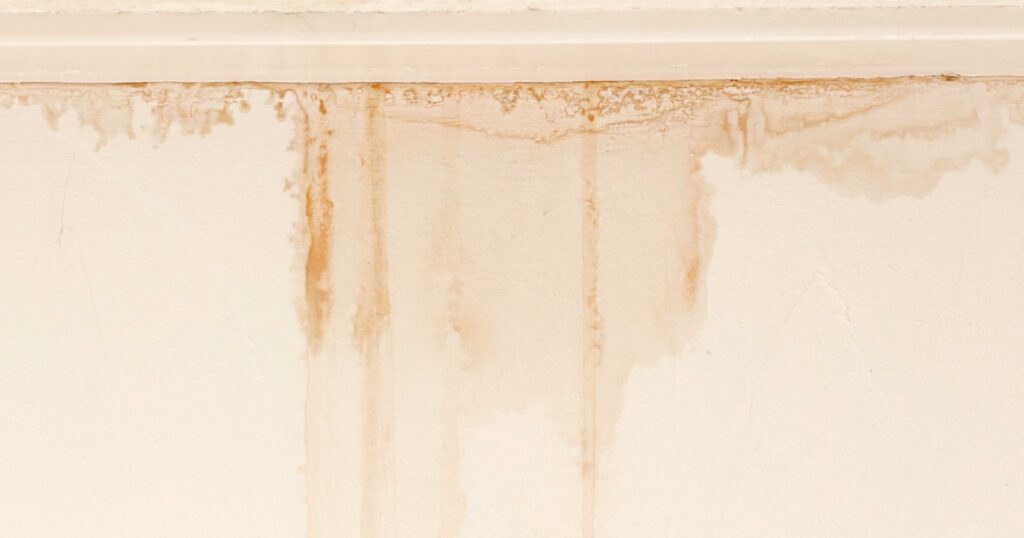
Water stains on walls, ceilings, or floors can be an indication of a hidden leak or moisture problem that may lead to mold.
8. Respiratory Symptoms
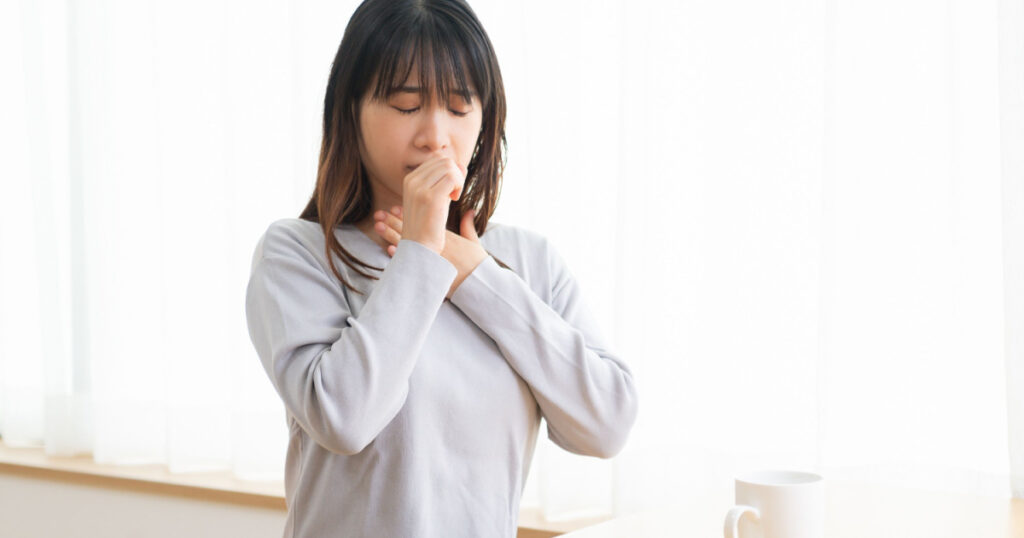
The air in your home should be easy to breathe. If you or your family members experience unexplained respiratory symptoms, such as coughing, wheezing, or shortness of breath, it may be due to mold exposure.
Read More: Most mattresses are filled with mold, mites and chemicals – here is how to know
9. Unexplained Allergies
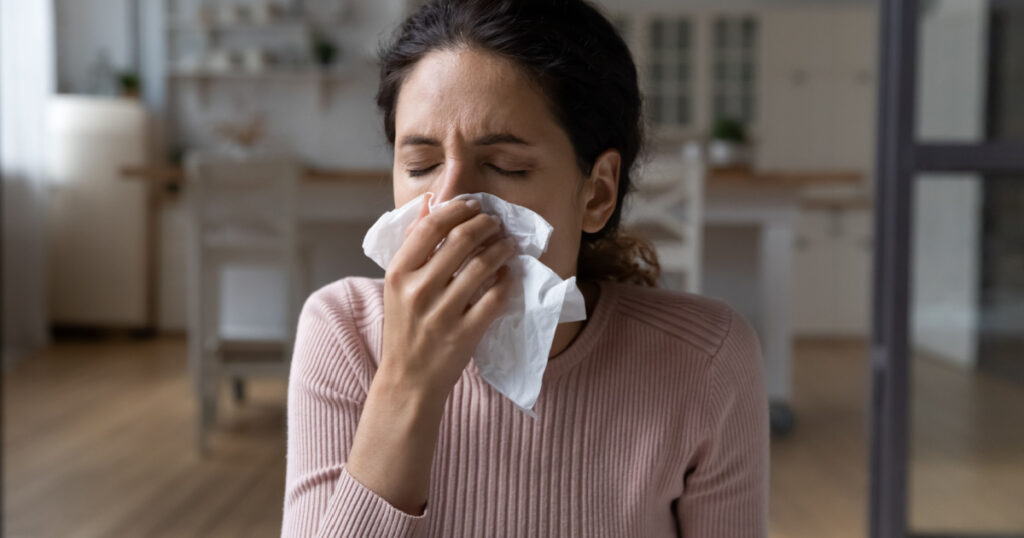
Mold can cause allergy-like symptoms, such as sneezing, itching, or a runny nose, even if you have never experienced allergies before. If you suddenly develop allergies, it might not be allergies at all. Have an inspection done on your home to see if the real problem is growing in your house.
10. Frequent Headaches

We all get headaches from time to time for various reasons. Prolonged exposure to mold, however, can lead to frequent or persistent headaches that do not have any other apparent cause.
11. Fatigue and Weakness

Our lives are busy and exhausting. Feeling tired might just be a normal symptom of a busy life, or many other potential conditions. Mold exposure, however, can contribute to chronic fatigue, weakness, and a general feeling of being unwell. If your tiredness seems to be without explanation, this could be the case.
12. Eye Irritation
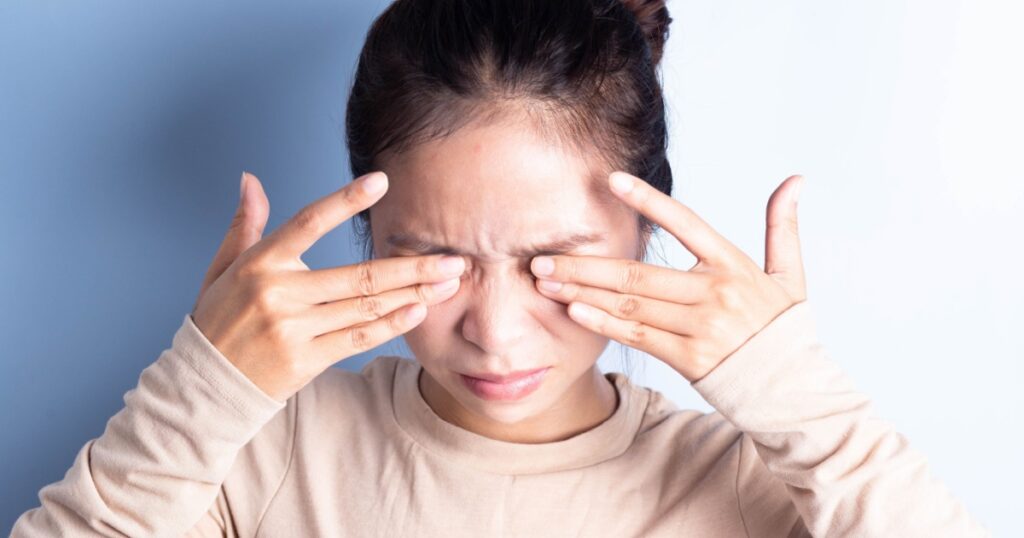
With working from home now more prevalent, we spend more time at home than we did before. If you’ve got mold growing somewhere in your house, this means more opportunity for exposure. Red, watery, itchy eyes can be a result of mold spores in the air irritating your eyes.
13. Muscle and Joint Pain

There are many reasons why you might feel muscle and/or joint pain. Mold is one of them. Mold toxins can cause inflammation in the body, leading to muscle and joint pain.
14. Increased Asthma Symptoms
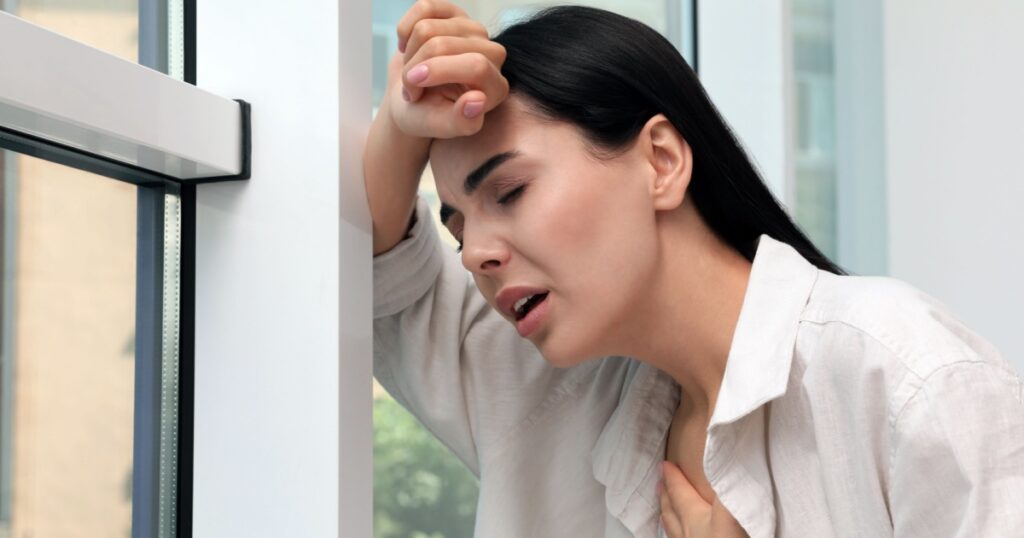
If you have asthma, an increase in asthma symptoms such as coughing, wheezing, or shortness of breath, could be a sign of mold growth.
15. Sudden Onset of Mold Symptoms

If you notice that your symptoms improve when you leave your home and worsen when you return, it may indicate that mold is present.
Read More: Top 7 Natural Alternatives For Bleach and DIY Household Cleaner Recipes
Removing Mold and Mold Prevention
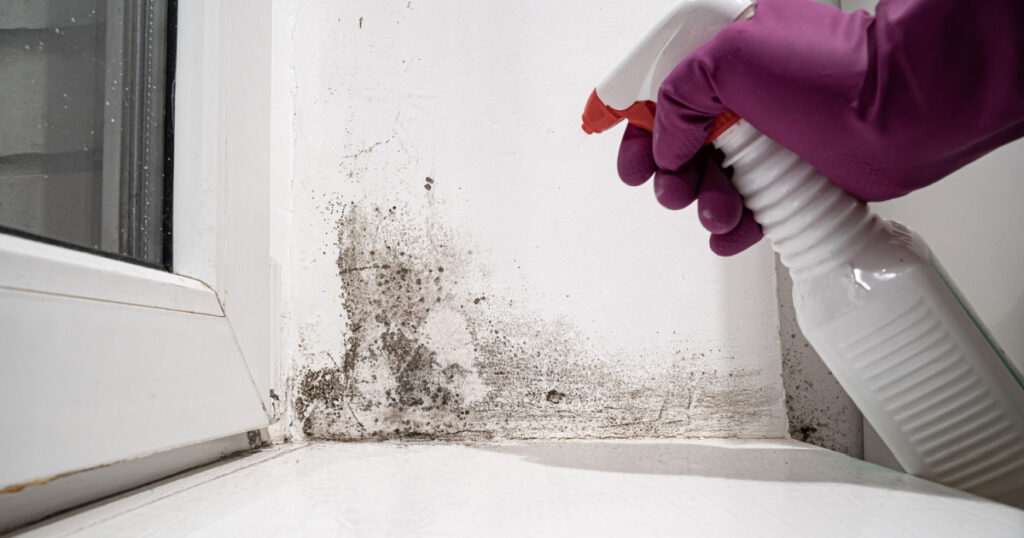
- Consult a Professional: If you have a severe mold problem, it is advisable to seek professional help to assess the extent of the issue and determine the best course of action.
- Fix Any Water Issues: Address any water leaks, plumbing problems, or excessive indoor humidity that may be contributing to mold growth.
- Wear Protective Gear: When dealing with mold, it is crucial to protect yourself. Wear gloves, a mask, and eye protection to prevent direct contact with the mold spores.
- Clean Affected Surfaces: Use a solution of bleach and water or a commercial mold cleaner to scrub and remove visible mold from surfaces. Ensure proper ventilation during the cleaning process.
- Dry the Area: After thorough cleaning, ensure that the affected area is completely dry to prevent future mold growth.
- Use Mold-Resistant Products: Consider using mold-resistant paint, drywall, and building materials when renovating or remodeling your home to prevent mold growth.
- Improve Ventilation: Proper ventilation and air circulation help prevent excess moisture accumulation, reducing the risk of mold growth. Use exhaust fans in areas prone to high moisture, like bathrooms and kitchens.
- Keep Indoor Humidity Levels Low: Maintain indoor humidity levels below 50 percent to discourage mold growth. Use dehumidifiers in damp areas like basements if necessary.
- Regularly Clean and Inspect: Regularly clean and inspect areas prone to moisture, such as bathrooms, kitchens, and basements, to ensure early detection and prevention of mold growth.
- Monitor Indoor Plants: Overwatered indoor plants can contribute to excess moisture and mold growth. Be mindful of plant watering habits and ensure proper drainage.
The Bottom Line

Recognizing the warning signs of mold hiding in your home is crucial for protecting your health and the well-being of your household. Whether it’s visible mold growth, musty odors, or unexplained health symptoms, taking action to remove the mold and prevent its return is essential. By addressing any water issues, improving ventilation, and maintaining a clean and dry environment, you can reduce the risk of mold growth and create a healthy living space for you and your family. If you suspect a mold problem, do not hesitate to seek professional help to ensure a thorough assessment and effective treatment.
Read More: 8 Plants To Help Repel Mice, Spiders, and other insects
Sources
- “Mold Exposure.” Medicine Net. Melissa Conrad Stöppler, MD. April 21, 2022.
- “Basic Facts about Mold and Dampness.” CDC
- Health
- “Health Problems Related to Dampness and Mold.” CDC
